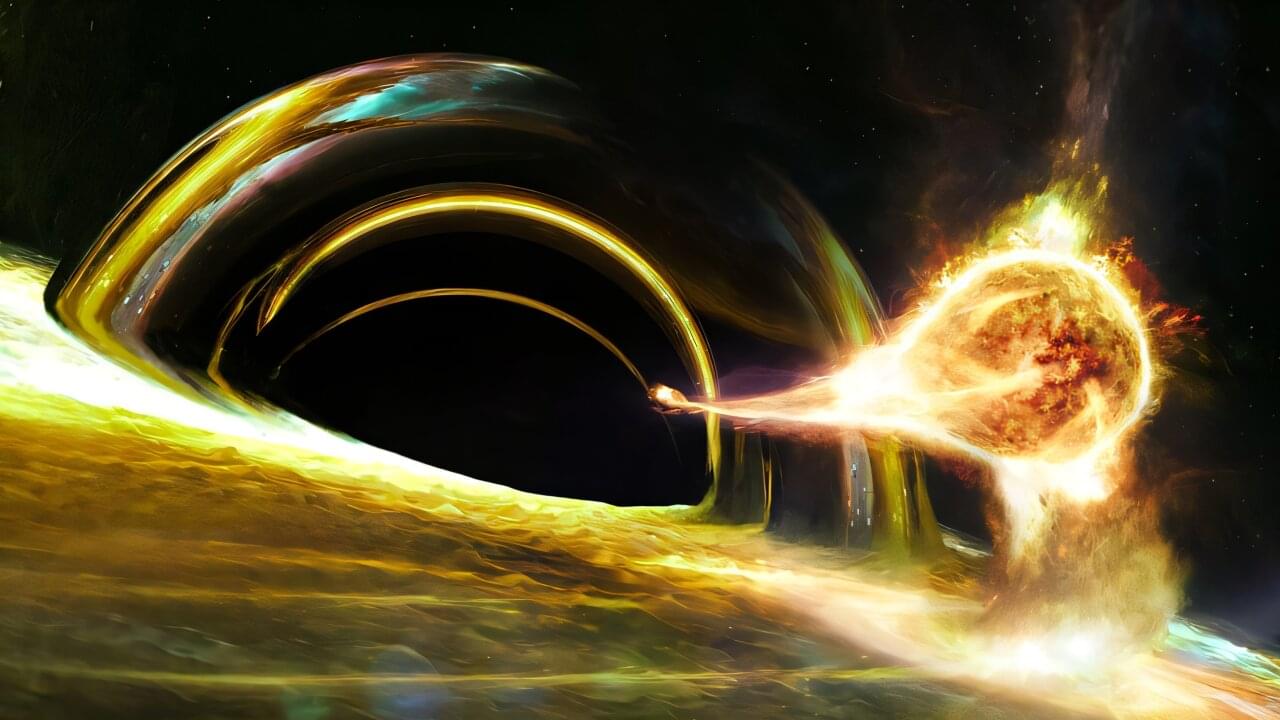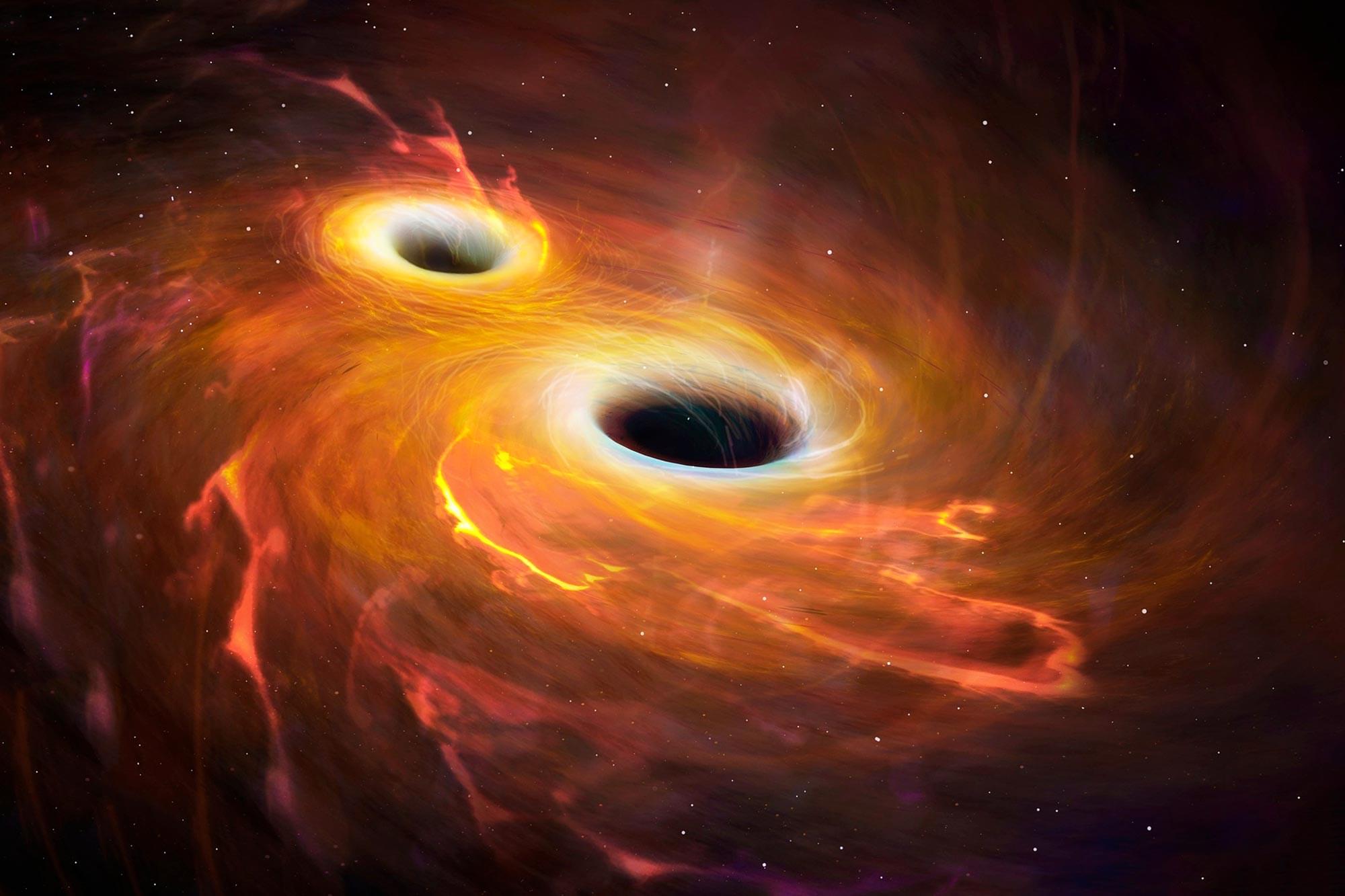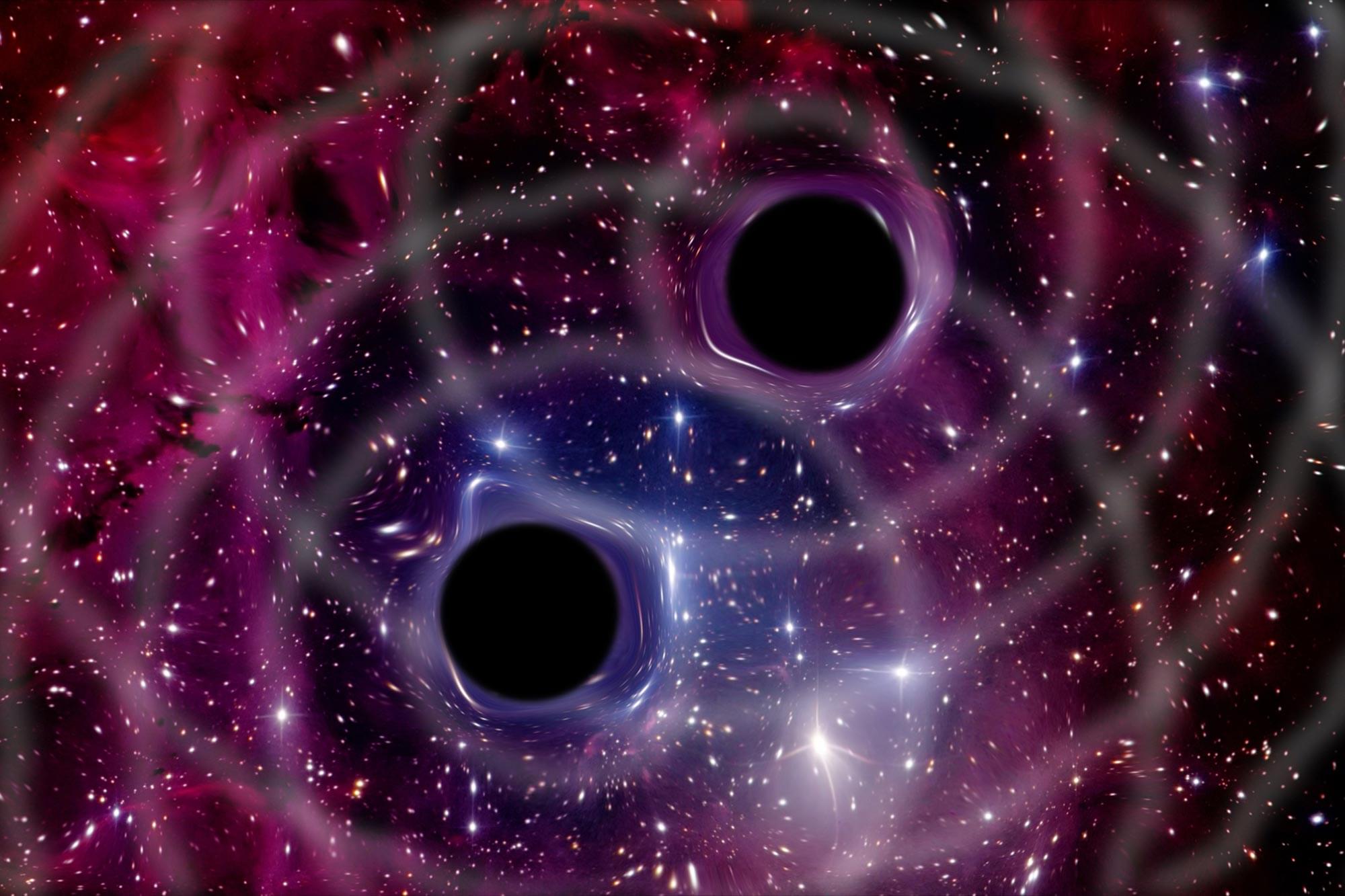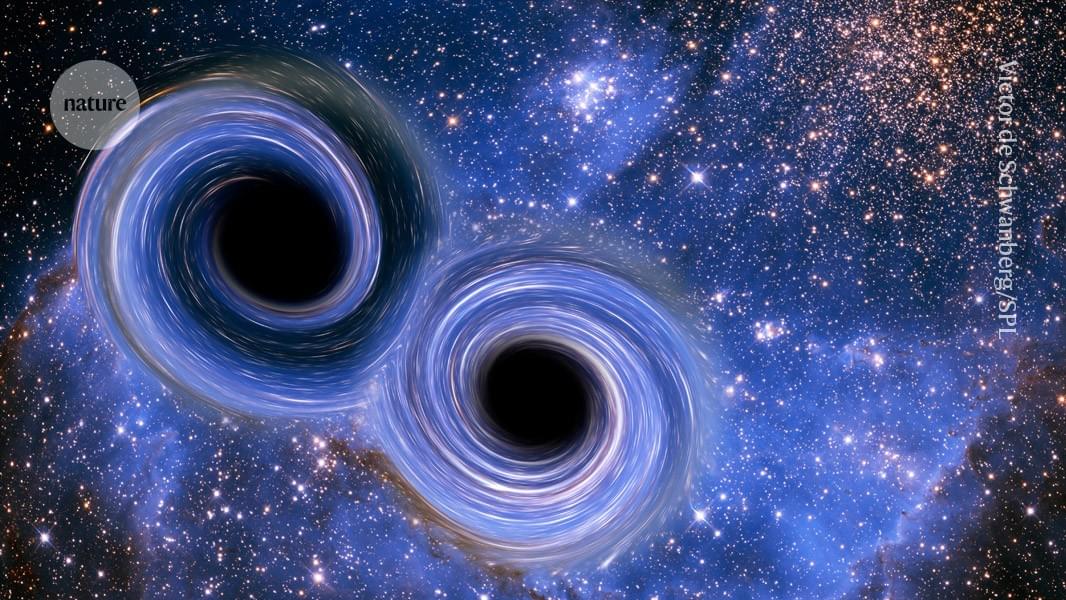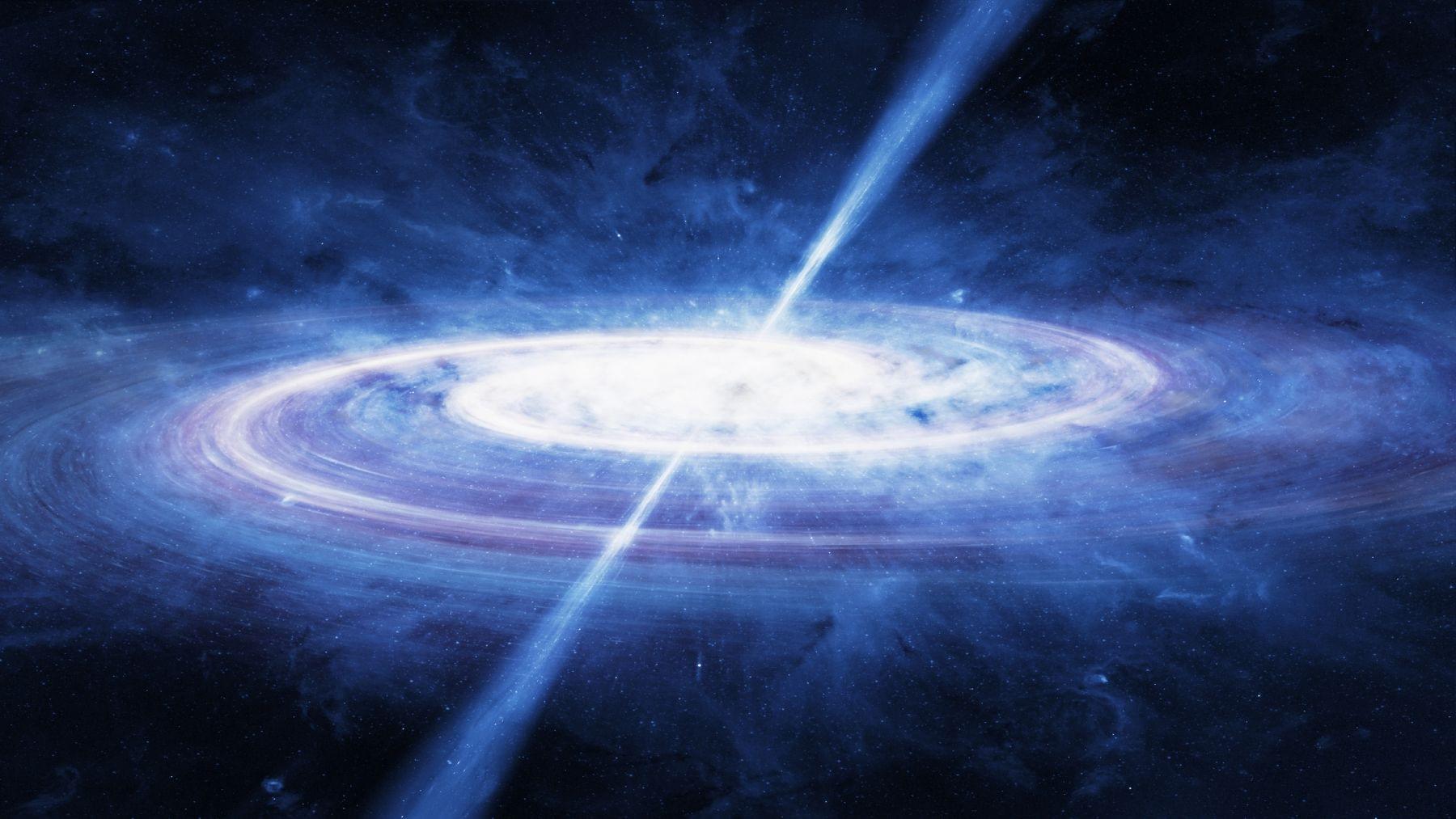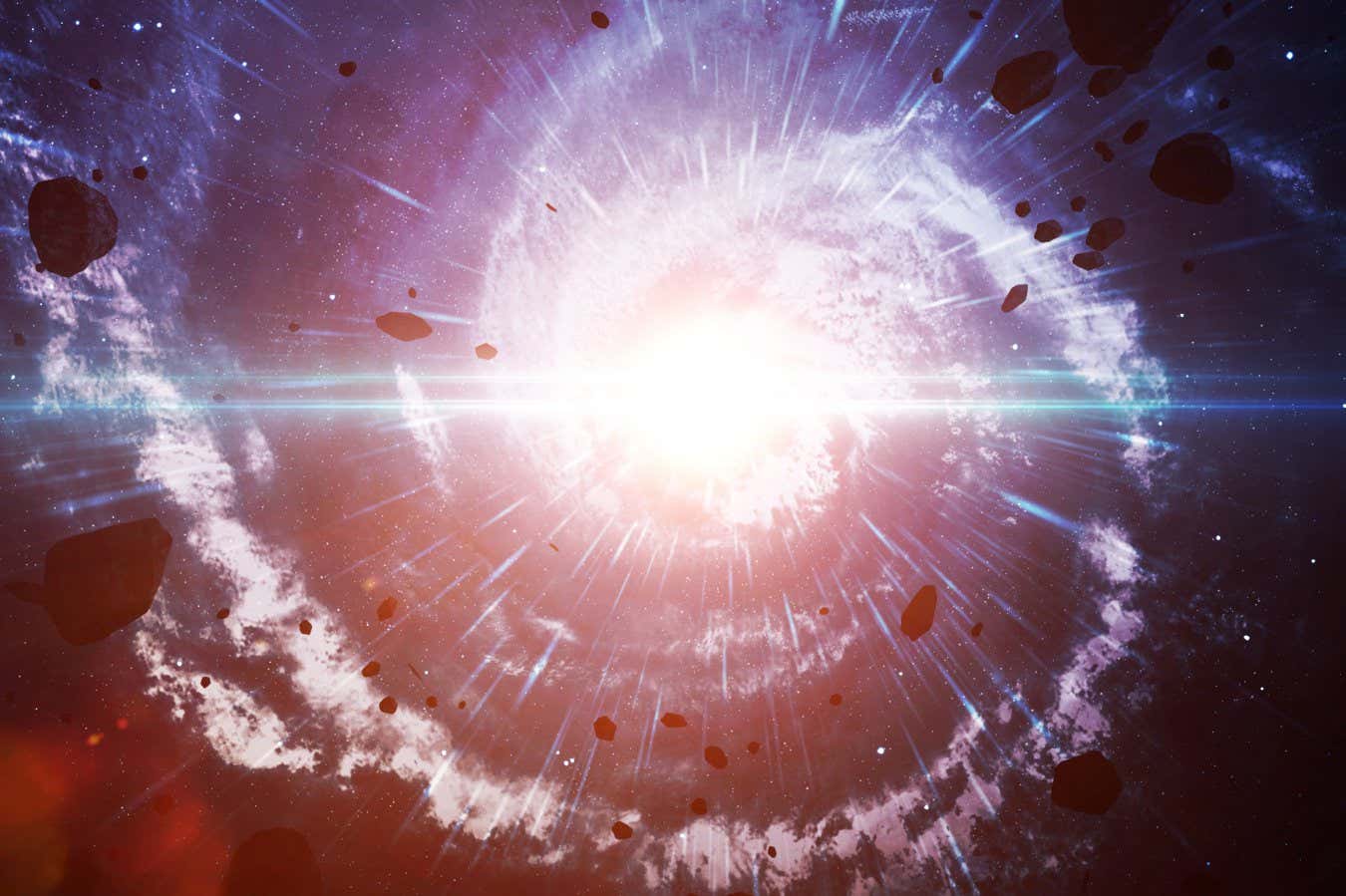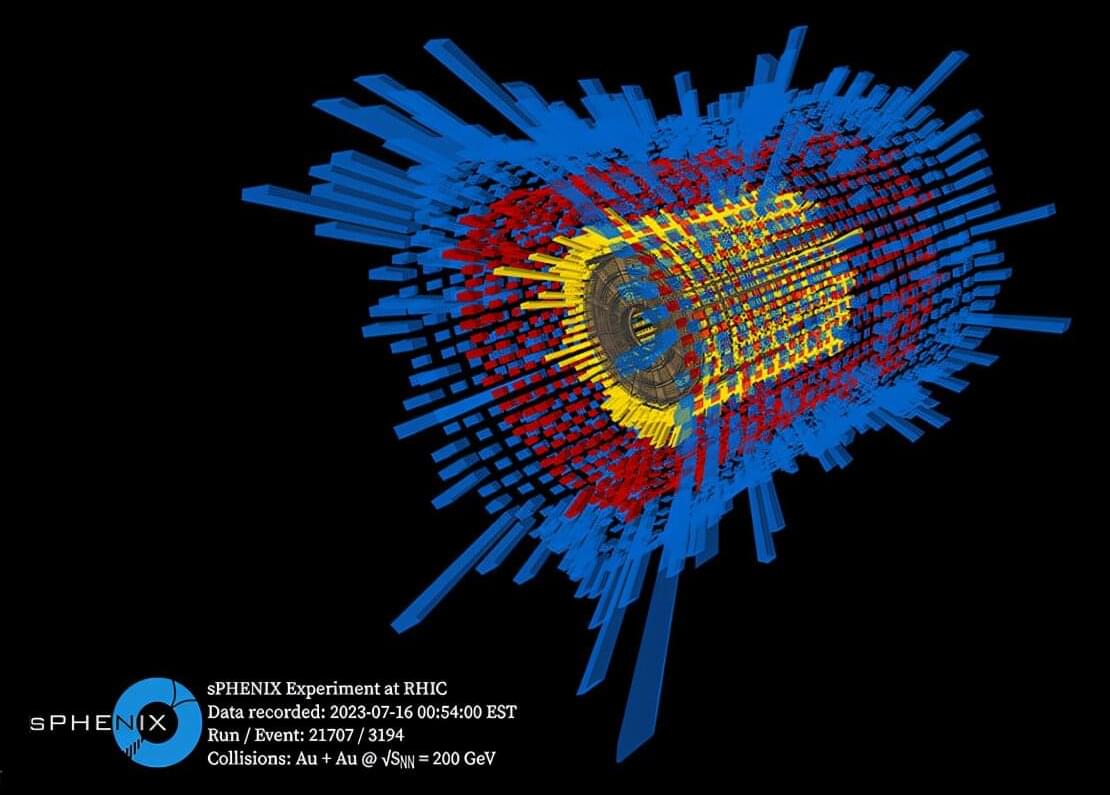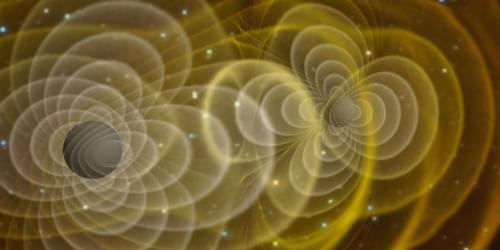It took about 50 exploding stars to upend cosmology. Researchers mapped and measured light from Type Ia supernovae, the dramatic explosion of a particular kind of white dwarf. In 1998, they announced their surprising results: Instead of slowing down or staying constant, our universe was expanding faster and faster. The discovery of “dark energy,” the unknown ingredient driving the accelerated expansion, was awarded a Nobel Prize.
Since the late ’90s, dozens of experiments using different telescopes and techniques have captured and published more than 2,000 Type Ia (pronounced “one A”) supernovae. But without correcting for those differences, using supernovae from separate experiments is often a case of comparing apples and oranges.
To unite the supernovae and more precisely measure dark energy’s role in our universe, scientists built the largest standardized dataset of Type Ia supernovae ever made. The compilation is called Union3 and was built by the international Supernova Cosmology Project (SCP), which is led by the Department of Energy’s Lawrence Berkeley National Laboratory (Berkeley Lab).
